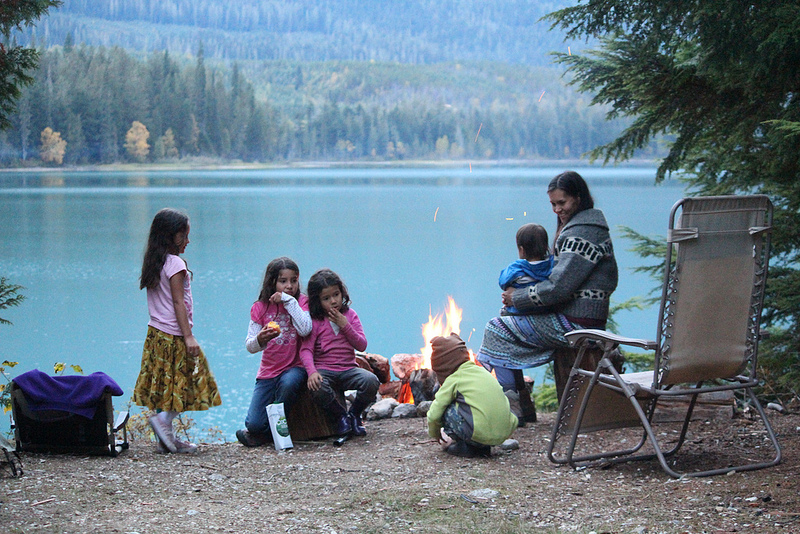Last week I had the opportunity to visit Secwepemc territory in south-central BC. I was invited by the Neskonlith Band to speak with them about the Ruddock Creek project, a proposed lead and zinc mine in the headwaters of the Adams River. The proponent, Imperial Metals, and MiningWatch have a certain history as we successfully took the federal government to court over the lack of an adequate environmental assessment of Imperial’s controversial Red Chris project.
Inspired by their own traditions and teachings, and by a similar effort by the Oji-Cree community of KI, members of Neskonlith have drafted a water declaration stating the importance and sanctity of their watersheds and their opposition to mining in the territory. The Secwepemc women who spearheaded drafting the declaration are now circulating it throughout the community to build grassroots support.
Whether or not a lead and zinc mine could operate in the headwaters of the Adams River, which is home to the world's largest run of sockeye salmon, without significant negative effects is a question that is going to be hotly debated in the months and years ahead.
The main spawning grounds are downstream from Adams Lake and this very long deep lake would provide a measure of protection against any metals or other pollutants coming from mine at the top of the watershed. But, there are salmon that run above the lake into the Upper Adams River – a fragment of the historic run which many hope could still be restored. There are also populations of threatened bull trout and caribou in the immediate area of the proposed mine site. The area receives large snowfalls and rains making long-term storage of tailings a significant challenge. A Neskonlith man who spoke at one of our meetings said it was one of his favourite hunting areas and than forcefully indicated that he would do anything to protect it.
The drafters and supporters of the Neskonlith water declaration are not terribly interested in technical debates over the relative risks to their sacred watershed. They are taking a precautionary stance that some things aren’t worth risking.
Though their declaration takes a position similar to that of KI, which was successful in protecting 23,000 km2 of their territory from mining, the situation with Ruddock Creek is quite different. Ruddock Creek is a an advanced project with tens of millions invested into exploration and a joint venture agreement with two Japanese companies, the projects KI stopped had barely gotten started.
Another factor is that opposition to the mine is not unanimous. The Neskonlith Chief and Council have not yet endorsed the water declaration and neighbouring bands have been collaborating with Imperial in the current phase of the project. None of the bands in the area have agreed with the mine going ahead but some are willing to consider it.
There are many unknowns about how this challenging situation will unfold but we can be quite sure that if the project goes forward it will not get the thorough examination of a joint review panel environmental assessment (other projects that have or are going through this kind of review include Voisey’s Bay, Kemess North, Prosperity and Marathon). The proposed extraction rate is below the 3,000 tonnes/day needed to trigger a federal environmental assessment. That leaves the review up to the BC Environmental Assessment Office which, until quite recently, had never turned down a mining project on its own. The EAO has been sharply criticized by First Nations, environmental groups and the auditor general in BC.
The recent rejection of the Morrison Mine on the grounds that it put at risk a unique population of salmon and faced opposition from Lake Babine First Nation, could give some hope that the EAO may be getting more serious. Unfortunately, the top bureaucrat who scuttled the Morrison project has since been moved to another position.
Ruddock Creek project will like Red Chris will likely not get the kind of review it warrants. Imperial is now advancing the construction of Red Chris, despite ongoing concerns about water and lack of consent from the Tahltan Nation. Faced with this, the preacautionary approach of the Neskonlith water declaration to oppose the Ruddock Creek Mine seems like a reasonable and thoughtful response to a project fraught with risk.








